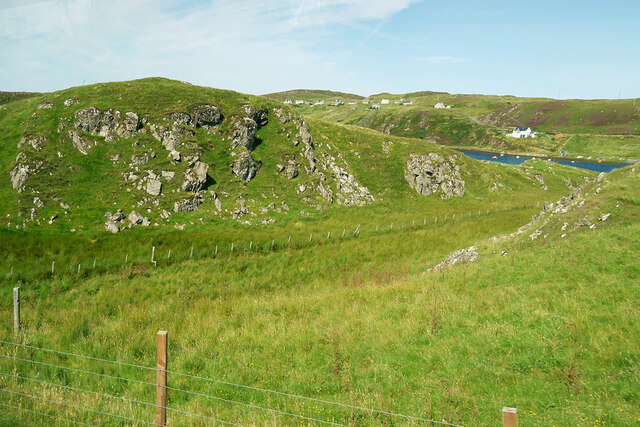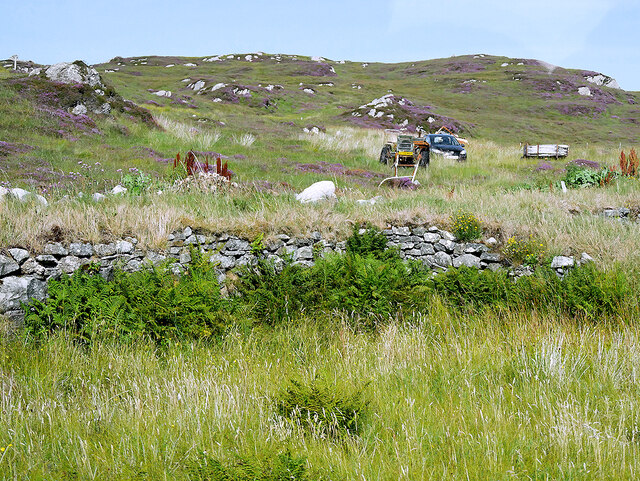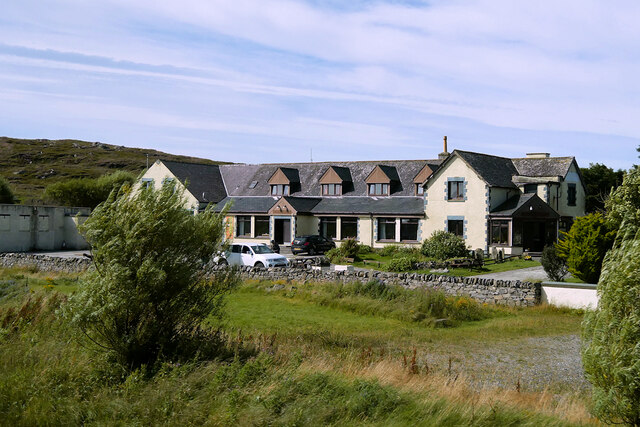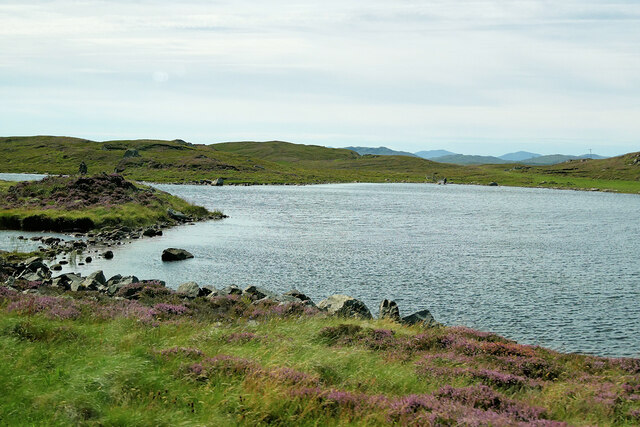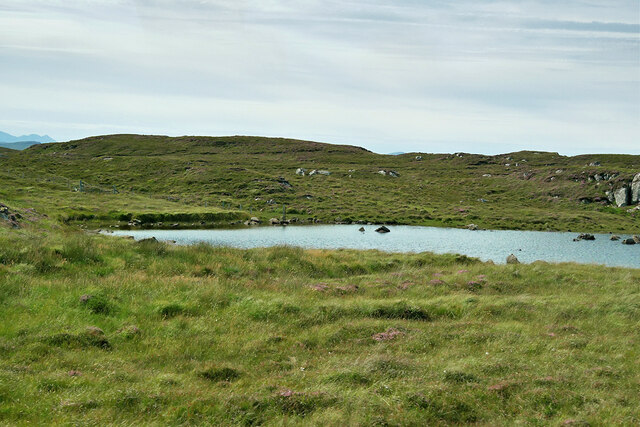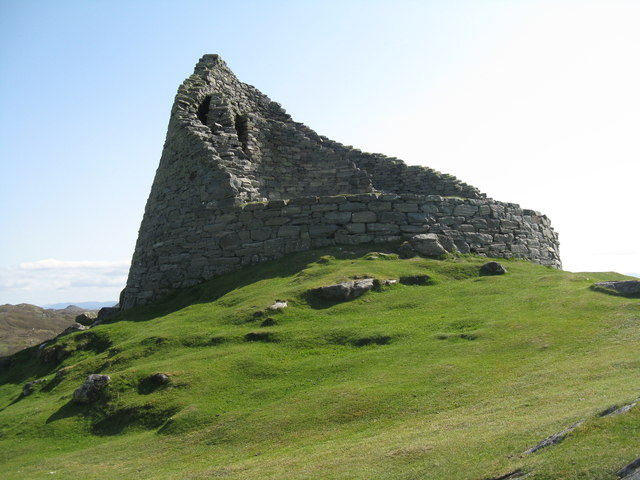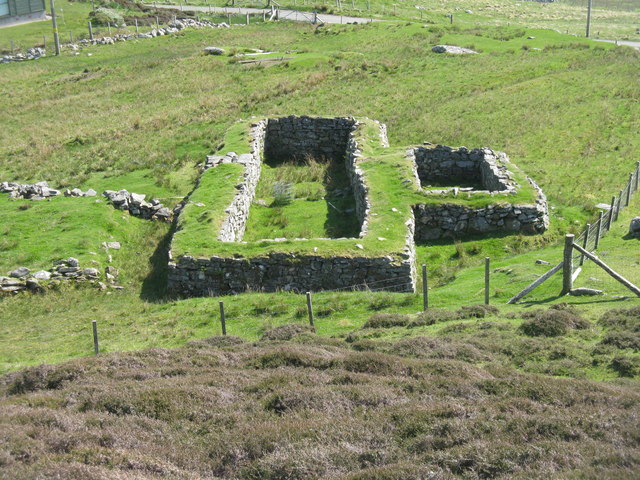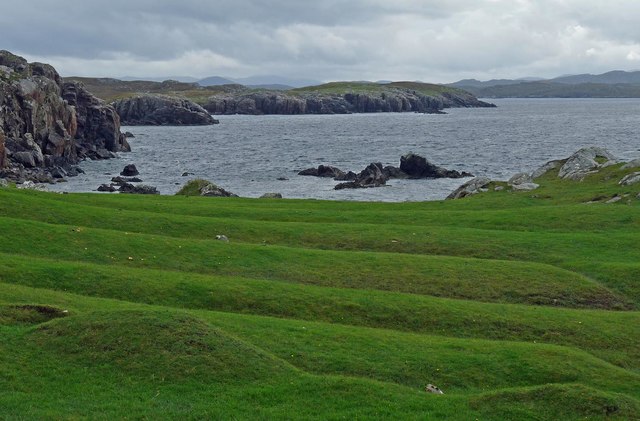Loch an Dùin
Lake, Pool, Pond, Freshwater Marsh in Ross-shire
Scotland
Loch an Dùin
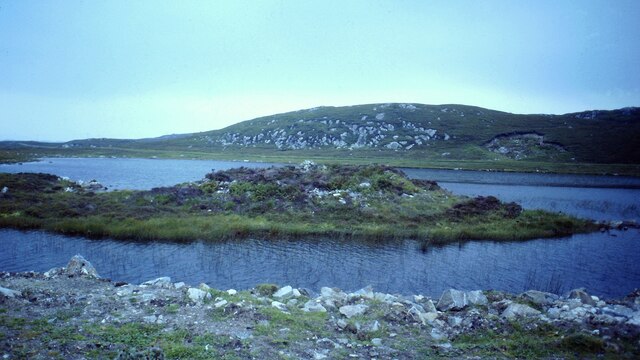
Loch an Dùin is a picturesque freshwater loch located in Ross-shire, Scotland. Nestled within the scenic Highlands, this natural gem offers captivating views and a diverse ecosystem. With a surface area of approximately 0.5 square kilometers, Loch an Dùin is relatively small but makes up for its size with its tranquil beauty.
Surrounded by rolling hills and heather-covered moorlands, the loch is a popular destination for nature enthusiasts and photographers. Its calm waters reflect the surrounding landscape, creating a stunning mirror-like effect on clear days. The loch is fed by several small streams and springs, ensuring a constant flow of fresh water and contributing to its vibrant ecosystem.
The shores of Loch an Dùin are home to a variety of plant and animal species. The surrounding area boasts an abundance of water lilies, reeds, and other aquatic plants that thrive in the marshy terrain. This provides a habitat for numerous bird species, including the common teal, mallard, and tufted duck, which can be observed throughout the year.
Anglers are also drawn to Loch an Dùin, as it is home to an array of freshwater fish such as brown trout and perch. Fishing is permitted in designated areas, and visitors can enjoy a peaceful day on the water while trying their luck at catching these elusive species.
Whether you're seeking a peaceful retreat, a spot for birdwatching, or a fishing adventure, Loch an Dùin offers a serene escape from the hustle and bustle of everyday life. Its natural beauty and diverse ecosystem make it a must-visit destination for nature lovers and outdoor enthusiasts.
If you have any feedback on the listing, please let us know in the comments section below.
Loch an Dùin Images
Images are sourced within 2km of 58.266037/-6.7963054 or Grid Reference NB1840. Thanks to Geograph Open Source API. All images are credited.
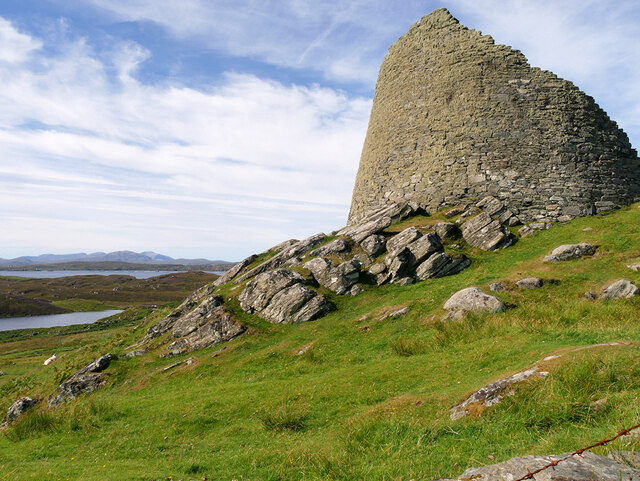
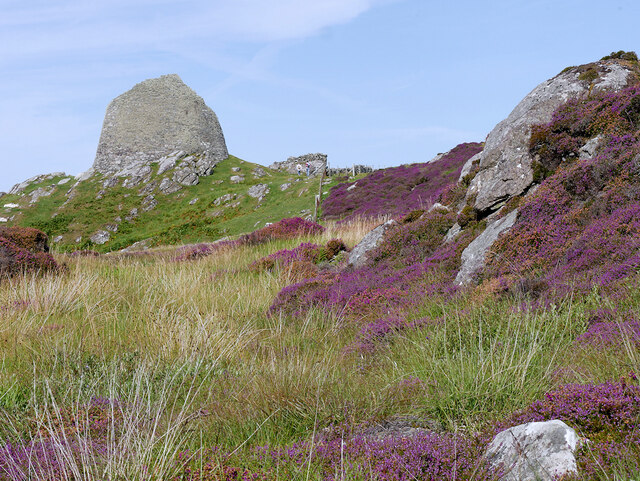
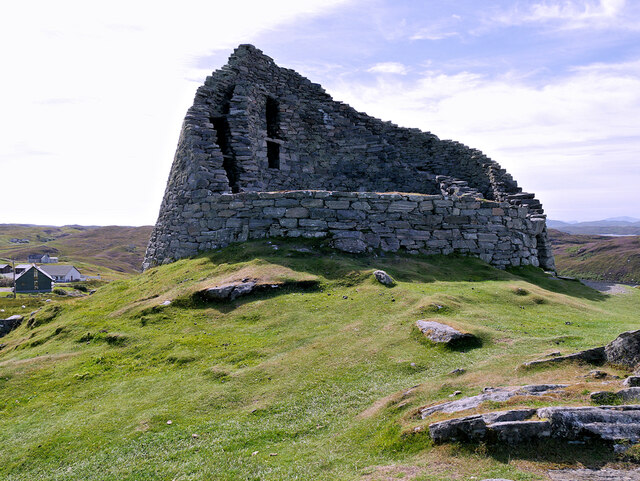
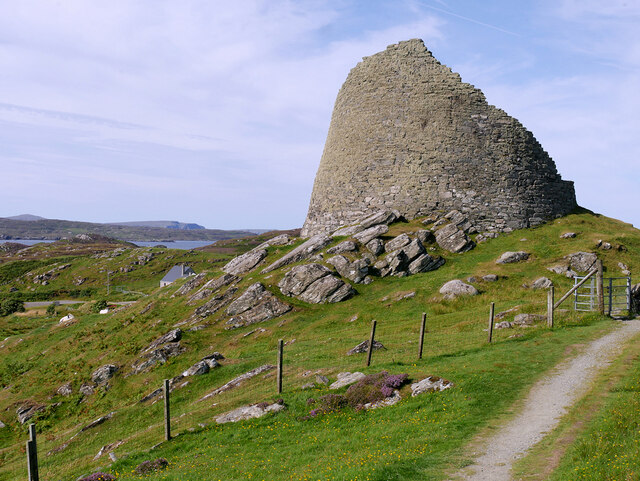
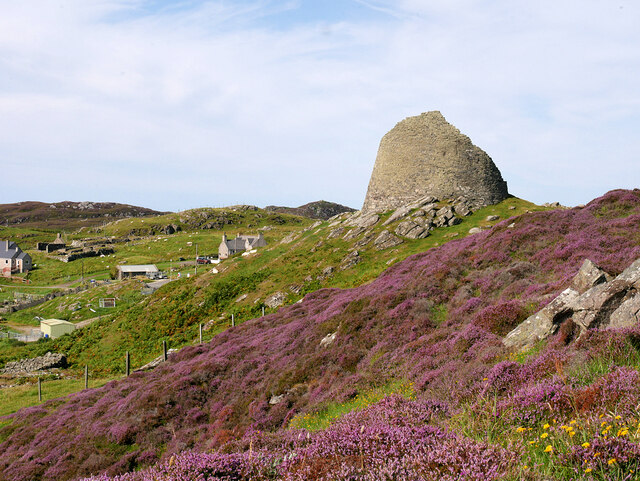
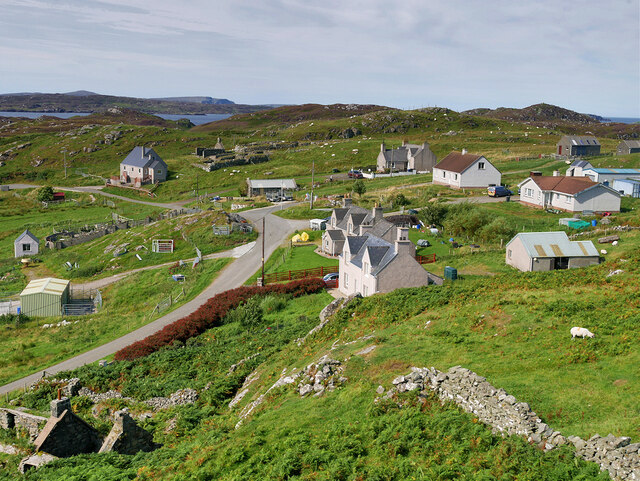
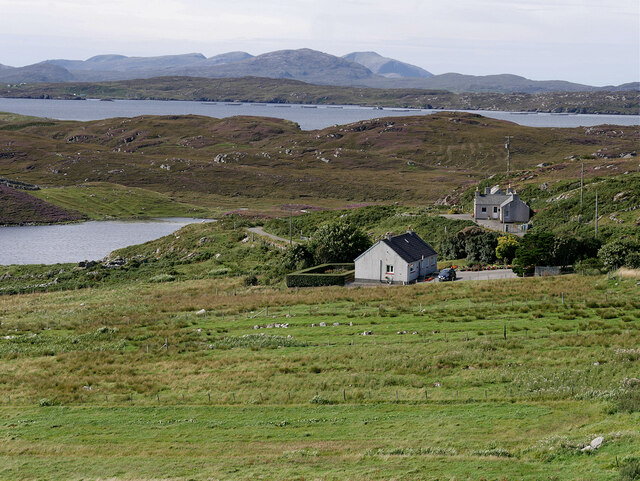
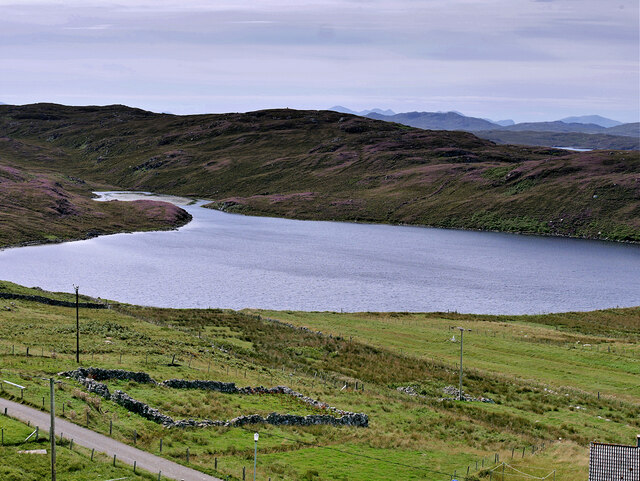
Loch an Dùin is located at Grid Ref: NB1840 (Lat: 58.266037, Lng: -6.7963054)
Unitary Authority: Na h-Eileanan an Iar
Police Authority: Highlands and Islands
What 3 Words
///hang.wiggling.learn. Near Carloway, Na h-Eileanan Siar
Nearby Locations
Related Wikis
Dun Carloway
Dun Carloway (Scottish Gaelic: Dùn Chàrlabhaigh) is a broch situated in the district of Carloway, on the west coast of the Isle of Lewis, Scotland (grid...
Borrowston, Lewis
Borrowston (Scottish Gaelic: Borghastan), with a population of about 50, is a crofting township situated on the Isle of Lewis, on the Outer Hebrides of...
Carloway
Carloway (Scottish Gaelic: Càrlabhagh [ˈkʰaːɾɫ̪ə.ɤː]) is a crofting township and a district on the west coast of the Isle of Lewis, in the Outer Hebrides...
Tolsta Chaolais
Tolsta Chaolais (also Tolastadh Chaolais, Tolstadh a' Chaolais) is a village on the Isle of Lewis, Scotland. It consists of about forty houses, clustered...
Nearby Amenities
Located within 500m of 58.266037,-6.7963054Have you been to Loch an Dùin?
Leave your review of Loch an Dùin below (or comments, questions and feedback).
